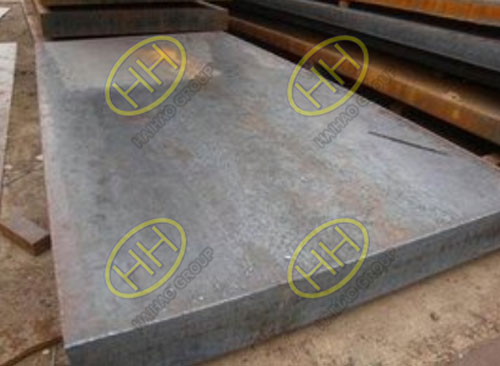Because the yield point of the stainless steel plate material itself is relatively high, the hardness is also very large, and the effect when performing the cold hardening is very obvious, so when the stainless steel plate is bent, the characteristics are very significant, mainly reflected in four aspects.
The first reason is that the thermal conductivity of stainless steel sheet is weaker than ordinary low-carbon steel, and its elongation is also low, so it requires a large deformation force when bending; secondly, the springback tends to be large when the stainless steel sheet material is bent. In carbon steel, stainless steel plate has a smaller elongation than carbon steel, and the bending angle of the plate is also greater than that of carbon steel during bending. If it is too small, cracks may occur. In addition, the stainless steel plate is hard and cold. Hardening effect is obviously affected, so the tool steel with heat treatment hardness above 60HRC should be selected when selecting the bending tools. The surface roughness of such materials is higher than that of carbon steel bending tools by an order of magnitude.

SS400 material steel plate
According to the above-mentioned characteristics of the stainless steel plate, normally, the thicker the stainless steel plate is, the larger the required bending force is, and the thickness of the stainless steel plate is increased. The margin of bending force that should be taken into account should also be higher.
Second, under the unit size, the higher the tensile strength of the stainless steel sheet, the lower the elongation, the greater the required bending force, and the greater the bending angle.
In the design drawing, the thickness of the stainless steel plate and the bending radius correspond to each other. According to experience, the bending dimension of a piece of stainless steel plate that is bent is the addition of two plate thicknesses at right angles, which can fully satisfy the accuracy of the design. Requirements, based on experience, the formula to calculate the amount of expansion can simplify the calculation process, which can greatly enhance the production efficiency.
The higher the yield strength of the stainless steel plate material is, the greater the elastic recovery amount is, and the smaller the angle of the press blade required to obtain the angle of 90 degrees of the bent stainless steel plate is, the smaller the design should be. Relatively speaking, the stainless steel plate with the same thickness as the carbon steel plate will have a larger bending angle. In this regard, it is particularly necessary to pay attention to it, otherwise, it will be easy to form a pressure cracking crack, which affects the strength of the stainless steel plate.







